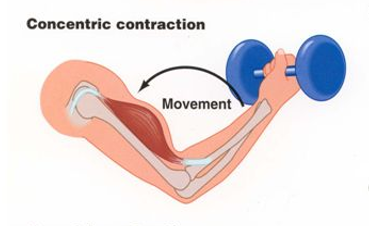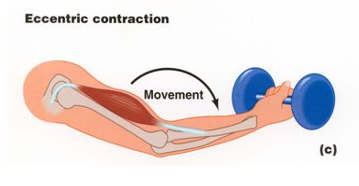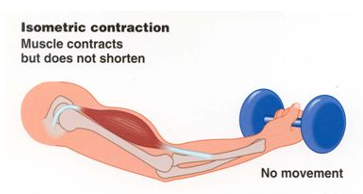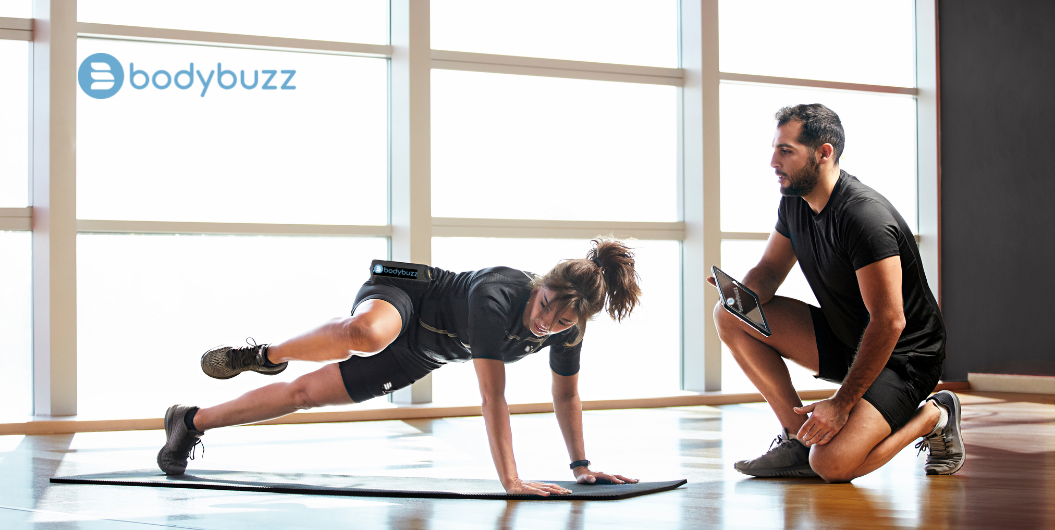Soreness and EMS Workout
“Am I going to feel sore after an EMS workout?” – Asks everyone who is about to try EMS for the first time.
The answer is: “probably, but why is that important to you?”
Most people like to feel sore after a workout. You feel the effects of the exercise in your muscles, you feel you pushed yourself, the muscle pain reminds you of the workout, and in turn, you feel accomplished.
And there’s nothing wrong with feeling good about a workout. However, chasing soreness is futile, and feeling disappointed if you’re not sore triggers the endless pursuit of “the perfect workout”, which doesn’t exist. In this blog, let’s look at what is soreness, and why the absence of it doesn’t mean a workout wasn’t effective.
What is soreness?
The technical term is DOMS: Delayed Onset of Muscle Soreness.
Theories:
The mechanism of what causes soreness is not clear, but the main theory is that it is a result of microtrauma to the muscles. Microtrauma is damage done to the muscle when we exercise, the body then heals and rebuilds stronger.
Another theory is that following a strenuous activity that causes microtrauma, the body releases calcium as part of the recovery process that triggers an enzyme rush. This accumulation of enzymes causes inflammation which is perceived as muscle pain.
What we do know:
DOMS typically happens 24 to 72 hours after strenuous activity, mainly from eccentric movements when the muscle lengthens. For example, lowering weights in a controlled manner, and also to a certain extent from isometric exercise, i.e. holding a plank. Concentric exercise, the part where we lift the weight, doesn’t seem to cause nearly as much soreness.
You can read more about DOMS here.
Here’s an explanation of the three types of contractions:
Concentric Contraction: The muscle shortens, such as in the upward phase of a bicep curl.

Eccentric Contraction: The muscle lengthens. Eccentric actions are often used when muscles have to decelerate, control movements, or oppose resistance. The muscle exerts force to control the speed of the downward movement, but its length increases, such as in the downward phase of a bicep curl.

Isometric Contraction: The muscle contracts but it doesn’t lengthen or shorten. An isometric contraction is a static action where the muscle generates force but there is no movement. When a weight is held at the midpoint of the bicep curl, the muscle exerts force but does not change in length.

Great, so if most muscle soreness is caused by eccentric exercise, why don’t we always train eccentrically?
We need eccentric strength, but we mostly move concentrically. Typically training programs will focus about 70% of the time on concentric work, and 30% on eccentric exercises. It is still important! We know that most injuries tend to occur during eccentric movements, so don’t completely neglect it but if you’re trying to get faster at a 100 meter dash, you’re not going to spend too much time worrying about how well you slow down after running through the finish line.
Also, the body seems to adapt very quickly to eccentric training. If you were sore from a long hike, and tried that hike again a few days later, you would not be as sore, or even sore at all. It doesn’t mean that the second round of hiking was useless. The body may have adapted to some of the eccentric portions, but not to the concentric one, and there are many other benefits associated with hiking. In other words, do not discard an activity just because it didn’t make you sore.
My recommendation is don’t chase soreness, and don’t use soreness as a unit of measure for evaluating exercises or activities. It is very likely that any time you do an activity for the first time or after a long pause you will be sore. However, repeat that activity later in the week, and you won’t be sore. What was that expression from President George W. Bush? “Sore once, shame on you, sore twice…if you were sore once you can’t be sore again.”
How does this relate to EMS fitness?
From my experience, DOMS related to EMS workouts tends to occur on the later side, closer to 48 hours after rather than 24. It is unclear why this is the case.
EMS fitness is still very new in the US, so most people have never tried it. As EMS coaches, our goal is to allow you to experience what electro muscle stimulation can do for you in terms of eliminating barriers around exercise. It’s short, joint-friendly, low-impact, very effective at getting you stronger, and an intense workout. If you’re sore, that’s just a side effect of doing something for the first time. If you’re not sore, we can increase intensity and add eccentric type exercises, but feeling sore doesn’t mean you’re getting closer to your goal of getting stronger, losing weight, increasing balance and so on.
If you are interested in learning if EMS would be a good option for you, book a free consultation with me here: https://calendly.com/conradfitness/30min
Conrad
Director of Education and Technology
Bodybuzz
Bodybuzz combines Certified Personal Training with Electrical Muscle Stimulation, giving your body a deeper, safer, and more effective workout. 20 minutes twice a week is all it takes!
Our personal trainers will guide you through a custom EMS workout designed specifically for you. Whether you’re looking to build strength, lose weight, get toned, or recover from an injury or illness, we offer a safe, low-impact solution to help get you there.
EMS has now been FDA-cleared for use in the US and we are proud to be one of the first companies to introduce this technology. It is a full-body workout that uses a special muscle stimulating suit that sends low-level impulses to your major muscle groups to trigger muscle contractions. It’s a unique sensation that is painless and invigorating. EMS workouts are designed to achieve optimal conditioning, burn fat, develop strength, build muscle, tighten skin, combat cellulite, jump-start your metabolism and restore your body’s natural balance.

